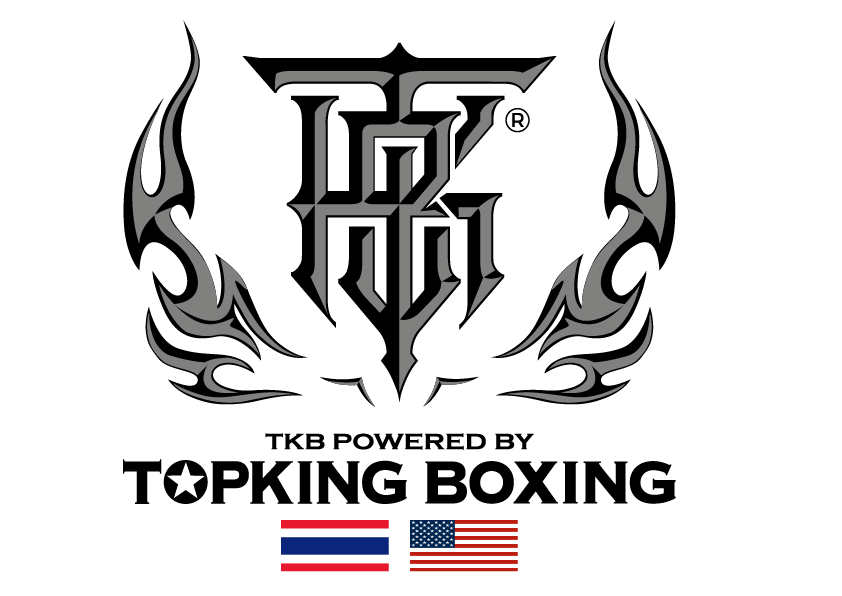
Muay Thai, the ancient martial art of Thailand, is steeped in rich traditions, rituals, and superstitions that have been passed down through generations. Learning and abiding by these cultural practices will help you pay respect to the sport of Muay Thai and the land it was created in.
Training at the Gym
One of the first things you'll notice in a Muay Thai gym is the practice of the "wai." This traditional Thai greeting involves placing your palms together in front of your face as a sign of respect. Greeting and thanking your trainer (and any other Thai elders) is important and should be done with a "wai." This is considered polite and is an essential part of building a respectful relationship within the gym.
Mongkol (Head Attire), Pra Jiad (Arm Band), and Phuang Malai (Floral Adornment Around Neck): These are traditional fight attire worn when stepping into the ring. They hold spiritual significance and, as a result, owners need to hang these somewhere higher than the head. During the fight, these pieces are hung on the corner post.
Muay Thai Shorts: Although not common, some Thai fighters wear their Muay Thai shorts inside out. When I asked my Thai friends why this was, they said some people believe it’s bad luck to wear your Muay Thai shorts properly.
Muay Thai Fight
There is a traditional (and some would say spiritual) process you go through prior to walking out to fight.
Traditional Fight Attire: Once your hands have been wrapped, Muay Thai shorts are on properly, and the cup is securely in, your trainer will put on your Mongkol (head attire), Pra Jiad (arm band), and Phuang Malai (floral adornment around neck).
Putting on the Mongkol: The Mongkol ceremony involves the fighter’s hands together raised in front of their face (in prayer), while the trainer holds the Mongkol within their hands. The trainer says a prayer, then puts the Mongkol on the fighter. The Pra Jiad and Phuang Malai are then put on. Note: If you're a trainer placing the Mongkol on your fighter, you must not be wearing any headwear.
- Males enter the ring by going over the top rope, and if victorious, they also exit over the ropes.
- Females enter the ring under the last rope. Because of this, the Mongkol is put on once they enter the ring. However, recently Lumpinee Stadium has allowed female fighters to enter through the middle rope.
Sealing the Ring: The fighter waits in the corner for the "sarama" music (Thai music played by the live band) to begin. Inside the ring, the ceremonial sealing of the ring begins. This is a Muay Thai tradition that must be completed by all fighters fighting Muay Thai in Thailand. This entails bowing at each corner of the ring (starting with their own), moving counterclockwise around the ring (some gyms from other religious backgrounds go clockwise), tapping each corner three times in an upward sequence, then moving onto the next corner, walking to each corner while running their hands on the rope with their left hand up, repeating this ritual at each corner.
Wai Kru (Ram Muay): Once the ring has been sealed, you immediately begin the Wai Kru/Ram Muay. This is a dance ritual performed in the center of the ring. Every gym and/or trainer has a variation of the Wai Kru. Fighters usually use this process to get in the zone.

Muay Thai is more than just a sport; it is a cultural heritage that embodies the spirit, discipline, and respect of its practitioners. Understanding and honoring these traditions, rituals, and superstitions enrich the experience of both fighters and fans, connecting them to the deeper roots of this ancient martial art. Top King Boxing is a brand born in the Thai culture being Thai owned and manufactured in Bangkok, Thailand.

